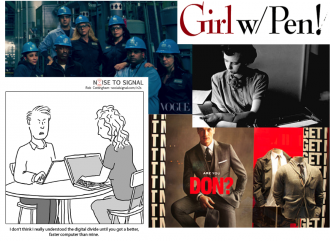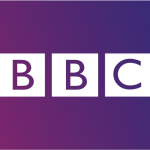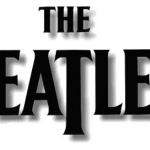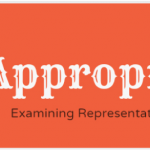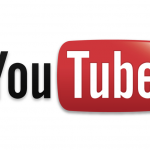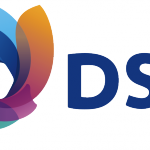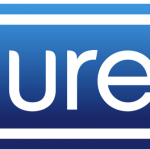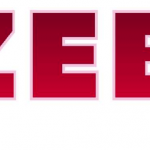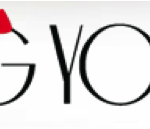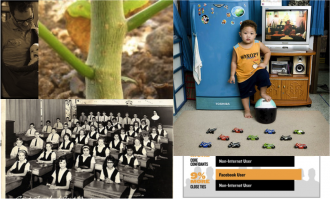 Sociological Images was one of the first TSP Community Pages, going back to our days as the Contexts editorial team. Gwen Sharp and Lisa Wade do awesome work there—with a host of excellent guest writers—but it’s time to give the site a refresh. And that’s where you come in.
Sociological Images was one of the first TSP Community Pages, going back to our days as the Contexts editorial team. Gwen Sharp and Lisa Wade do awesome work there—with a host of excellent guest writers—but it’s time to give the site a refresh. And that’s where you come in.
Look, we don’t have giant Scrooge McDuck piles of money. Or any piles of money. In fact, our bloggers do their work entirely for free, Doug and Chris donate their time as editors, our grad students write and edit and provide great insight because this is the stuff that interests them. We love what we do. But we’re not great with graphic design, and so we’re reaching out.
If you’ve got just the barest, scrawled-on-a-napkin idea for a new logo for SocImages, we want to see it. Our five favorite sketches will get $50 apiece for going to the trouble of getting creative on our behalf. If our favorite one is submitted by someone with the design skills and know-how to turn in into a real working logo, then we’ll pay a full $500!
Parameters: This should be a sketch. We value designers’ and artists’ work and time, and we’re clearly asking for some affection here, too, but we don’t want you creating a fully-realized, finished logo at this point, just a mock up of one. The logo should be for the web, and should be adaptable to smaller format avatars, but follow the current size and shape of the Soc Images banner.
Inspirations/Dislikes: We like text. We don’t like eyeballs or magnifying glasses. We have two different taglines, either of which could be incorporated: “Seeing is believing” and “Inspiring Sociological Imaginations Everywhere.” Black, red, and white are good standards and we like them, but we’re open to color. In fact, here are some logos Gwen and Lisa have identified as personal favorites (note that what they like about the logo for Go Fug Yourself is that it’s simple, clean, and represents the content of the blog well)—click to expand each thumbnail:
Now, if you’ve gotten inspired (some in our office certainly have), please submit a pdf or jpeg of your idea to socimageslogos@gmail.com. Be sure to include your name and email in a corner of the image. Submissions are due May 1st—not long, but that’ll keep you from trying to make a finished product!
All the best from the TSP team.


